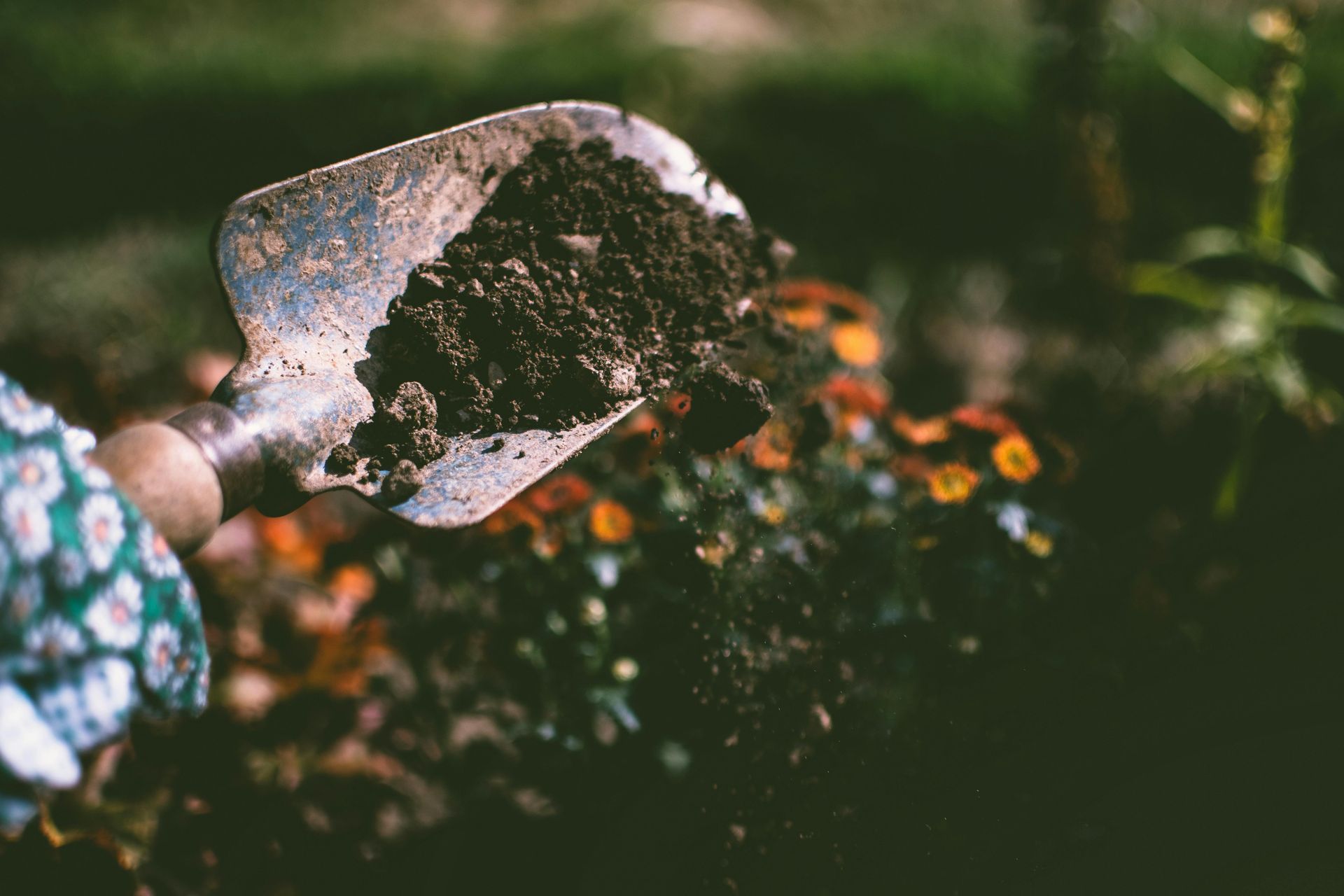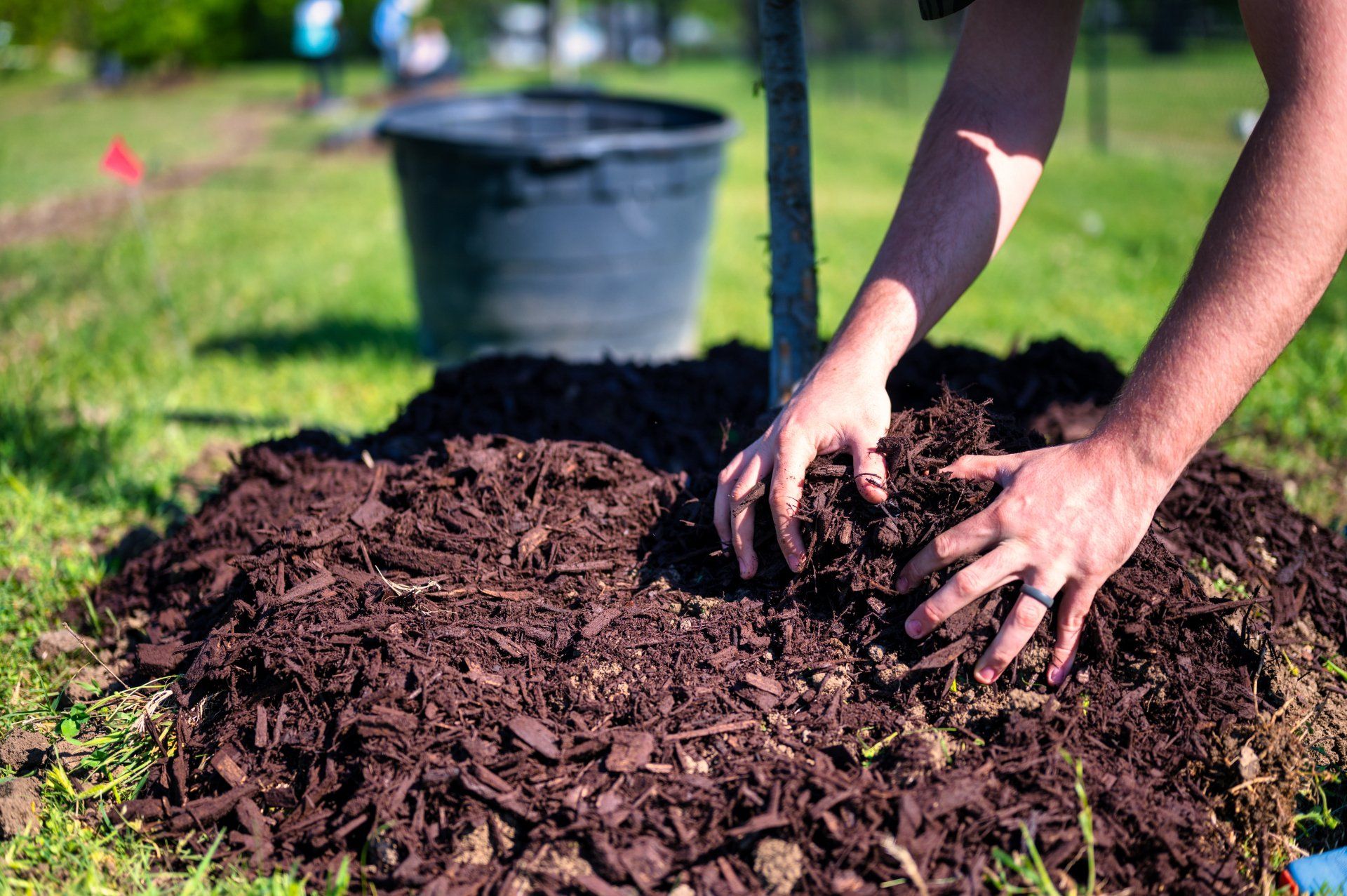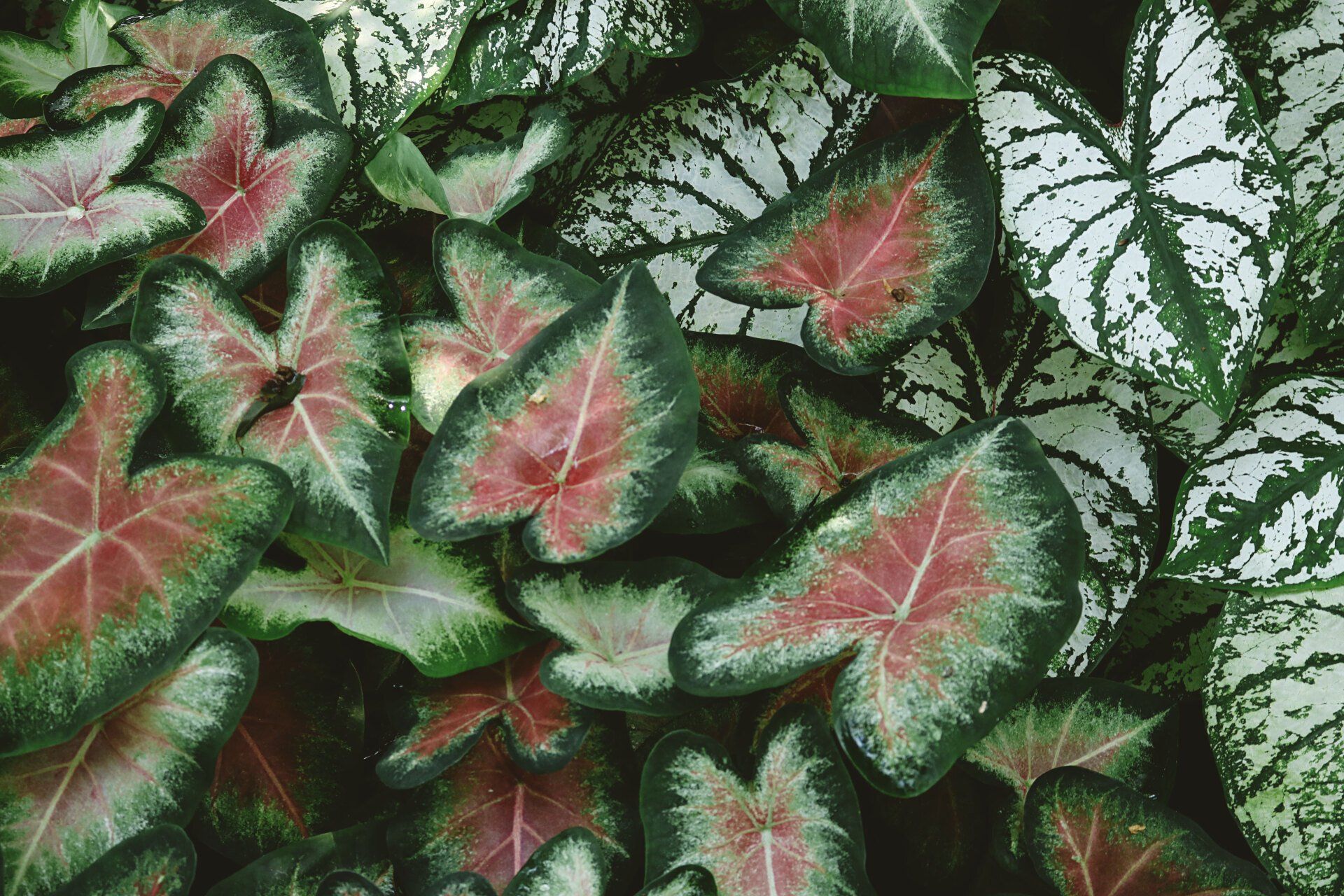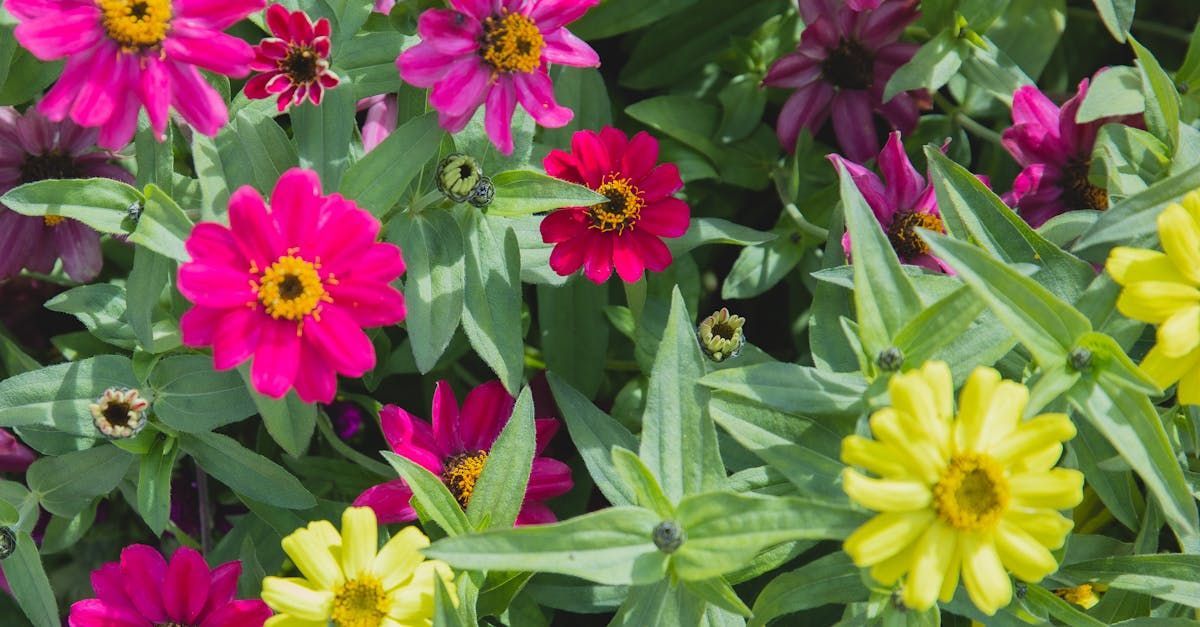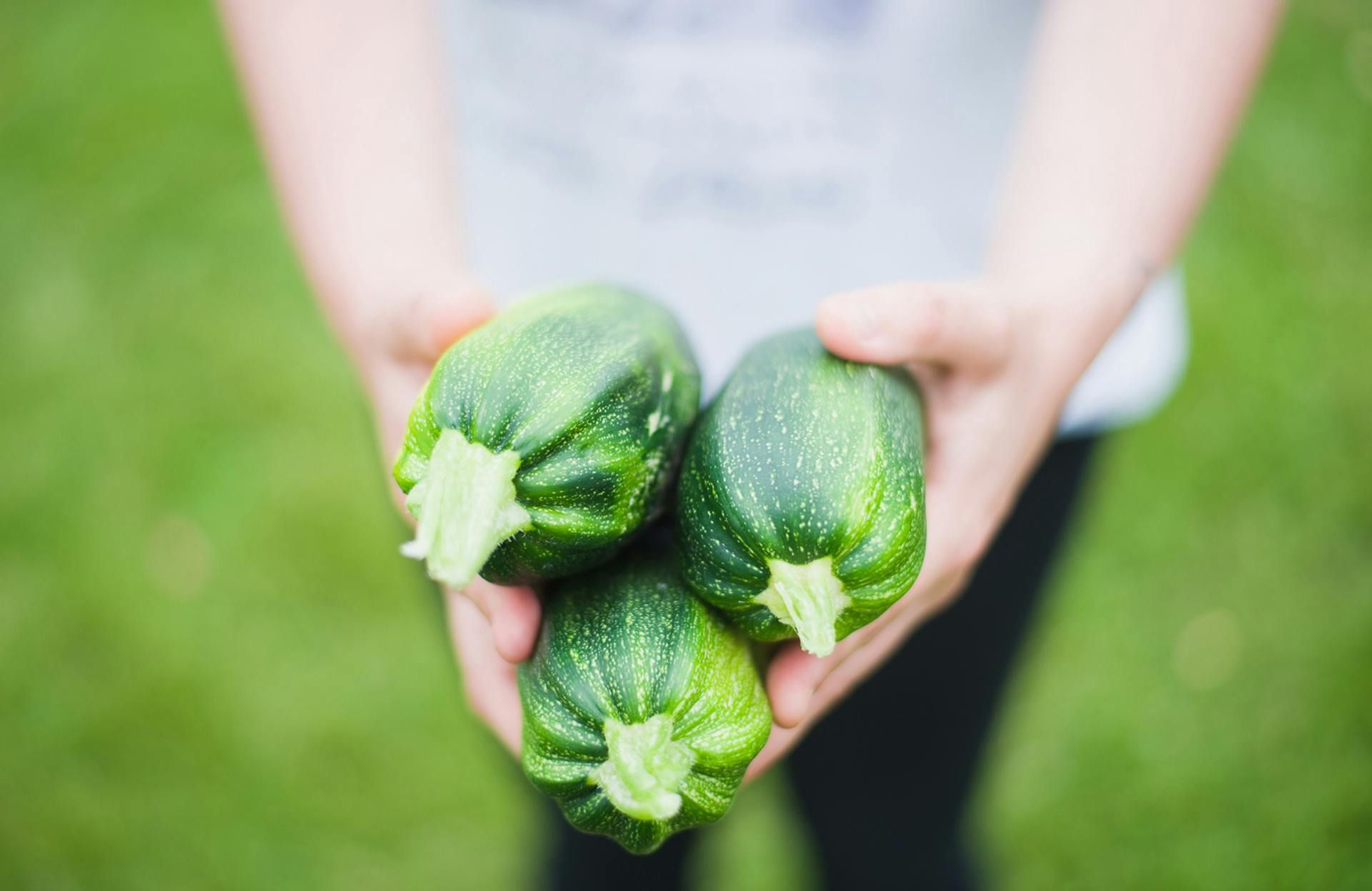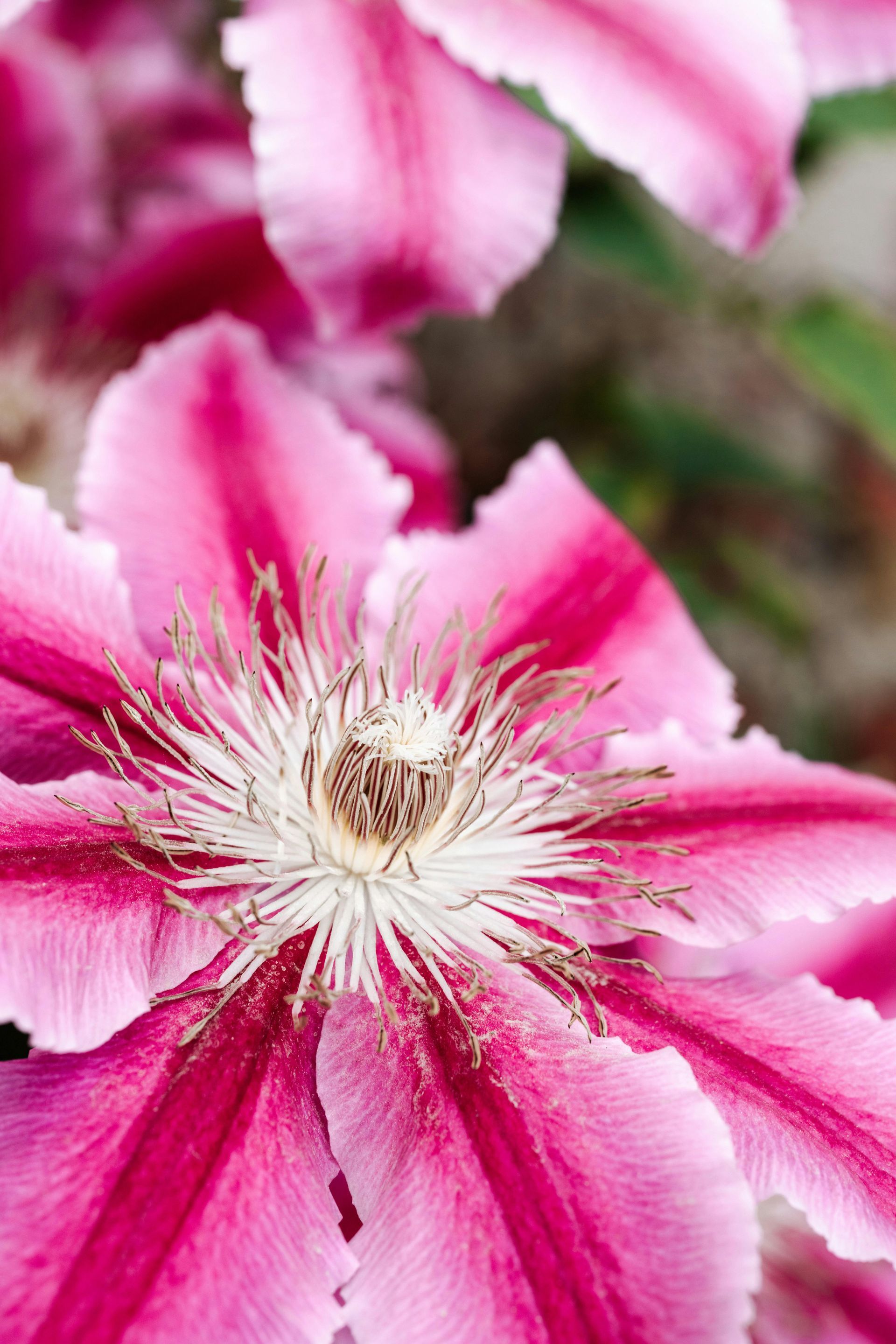10 Steps to your Best Tomatoes Ever
Love tomatoes? Get ready for your best harvest yet, thanks to these easy-grows-it tips.
Big, Beautiful Tomatoes
Homegrown tomatoes deliver flavor and then some. Raising your own crop of sun-ripened 'maters is one of summer’s official best rewards. All it takes to grow outstanding tomatoes is attention to detail. Cover the basics, and you’ll be savoring a delicious harvest.
Choose the Right Varieties
Take time to select tomatoes that suit your growing conditions. Also, select tomatoes that work for how you intend to use them. One of the many benefits of our local garden center is we only stock plants that are proven to do well in our area.
You can find varieties for slicing, sauce making or salads. Lastly, choose varieties that deliver the flavor you crave. For instance, tomatoes exist that offer low acid, higher lycopene content, smoky overtones or intense sweetness.
Plant Deep
The best tomatoes come from plants with a strong root system. Give your plants a head-start on healthy roots by planting seedlings deep in the soil. Start by removing the lowest leaves on your seedling and burying the lower stem. Tomato stems produce roots easily. Any portion of the stem you bury will sprout roots that help nourish and support the fruit-laden plant.
Start the Season Early
An unspoken badge of honor always goes to the gardener with the earliest tomato. You can start seedlings indoors using a Grow Light, a perfect balance of the nutrient plants need in a “light bulb” form!
Stake Tomatoes
Keep tomato vines off the ground to protect ripening fruit from pests and diseases. Hoisting vines with cages or stakes also make it much easier to pick fruit. With tomatoes, disease is one of the top problems you’ll likely encounter. Staking and supporting vines increases airflow around leaves, which can help reduce disease outbreaks. Be sure to choose a tomato support that suits the mature size of the plant.
Water Tomatoes Properly
Tomato plants need consistent watering to yield the most healthy and flavorful fruit. When plants don’t get enough water, the result can be deformed or small tomatoes, and blossom end rot can develop (where the bottom of the tomato turns black). Because of how susceptible tomato plants are to fungus diseases, it’s best to water plants at ground level, using drip irrigation, soaker hoses or creative solutions like a tomato halo. This device holds three quarts of water, delivering it directly to the root zone of the plant, which encourages deep rooting.
Mulch Soil
It’s important to cover soil beneath tomatoes with a mulch of some kind, such as straw, grass clippings, compost or shredded leaves. Many tomato diseases spend part of their time living in soil. When rain hits the soil, particles splash up and can land on lower tomato leaves, leading to a disease outbreak. Covering soil is one way to help control tomato diseases. Mulch also helps the soil stay moist, which helps ensure a hefty tomato crop. One more great reason to mulch - it suppresses weeds.
Prune Tomatoes
Remove lower leaves on tomato plants to help reduce disease outbreaks. Wait until first tomatoes form, and remove leaves below the first fruit cluster. This helps prevent disease spores (living in soil) from splashing onto lower leaves during rainstorms. Combining a thick mulch with lower leaf pruning are two simple steps that bring big results toward improving your tomato harvest.
Pick Problem Tomatoes
It’s not unusual to visit your tomato patch and discover fruits with all kinds of problems. Heavy rain can cause tomatoes to crack as roots absorb so much water that it literally makes the tomatoes split their skins. This is a big problem with cherry tomatoes especially but it happens with all types. You might also discover tomatoes that critters have been nibbling. Squirrels, birds, deer, even turtles will chomp at ripening tomatoes, seeking moisture. Slugs, earwigs and stink bugs also attack tomatoes and break the skin. Anytime you have a tomato that’s damaged, the best tactic is to remove it from the garden. Bury it in your compost pile, toss it into a far part of your yard, carry it indoors to drop down the disposal — do whatever works for you. But definitely get rid of it. Problem fruits roll out the welcome mat to other pests (fruit flies, wildlife) and diseases. If possible, bury the problem tomatoes to try and contain any pest outbreaks.
Keep Watch for Pests
Try to visit your tomato plants at least every two days to keep tabs on ripening fruit and also inspect for pests. The tomato hornworm is one pest that can literally obliterate plants overnight. These caterpillars munch their way up and down a plant, making leaves disappear like a magician. They can be tough to spot. The easiest sign to watch for is frass (caterpillar poop), which resembles black peppercorns. If you see those, look beneath leaves for a hornworm, which usually hides during the day and feeds at night. Slugs also climb tomato plants to feast on fruits, and stinkbugs can wreak havoc too. With most of these pests, the best defense is to use gloved hands to knock the culprits into soapy water.
As with any plant, we offer the right product solutions for their health care! We have many organic options for you to battle the bugs (and diseases) so you can get back to growing your juicy tomatoes!
